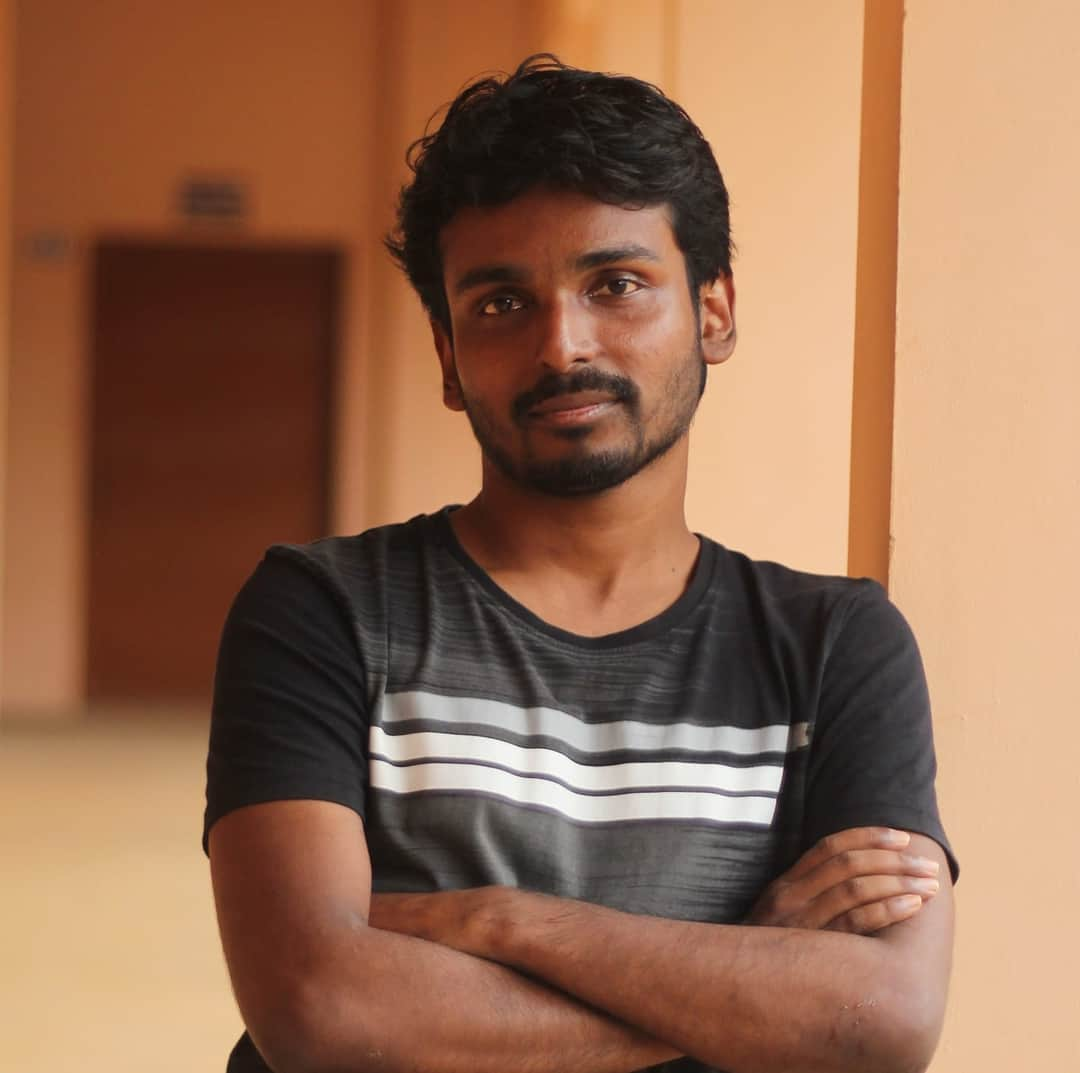Telugu dalit literature entered a significant phase when dalits began writing about themselves. During the independence struggle, dalit writers, under Gandhian influence, touched upon casteism and untouchability but imitated mainstream writing in form and content.
From the mid-1980s, however, dalit angst, protest and an alternative vision started reflecting in Telugu literature. Writers of the Dandora movement, for example, who belong to the Madiga caste, have begun adding the caste name to their surnames, a practice hitherto followed only by the upper castes. Madigas are placed so low in the hierarchy that the term is considered an abuse and its usage can attract the provisions of the Atrocities Act. This group also writes about the “satellite castes” who are considered untouchable even by the Madigas. Telugu dalit writing would have truly come of age when even these castes – the ostracised among the ostracised – begin writing about themselves.
{edocs}evolution-of-telugu-dalit-literature.pdf,700,700{/edocs}









